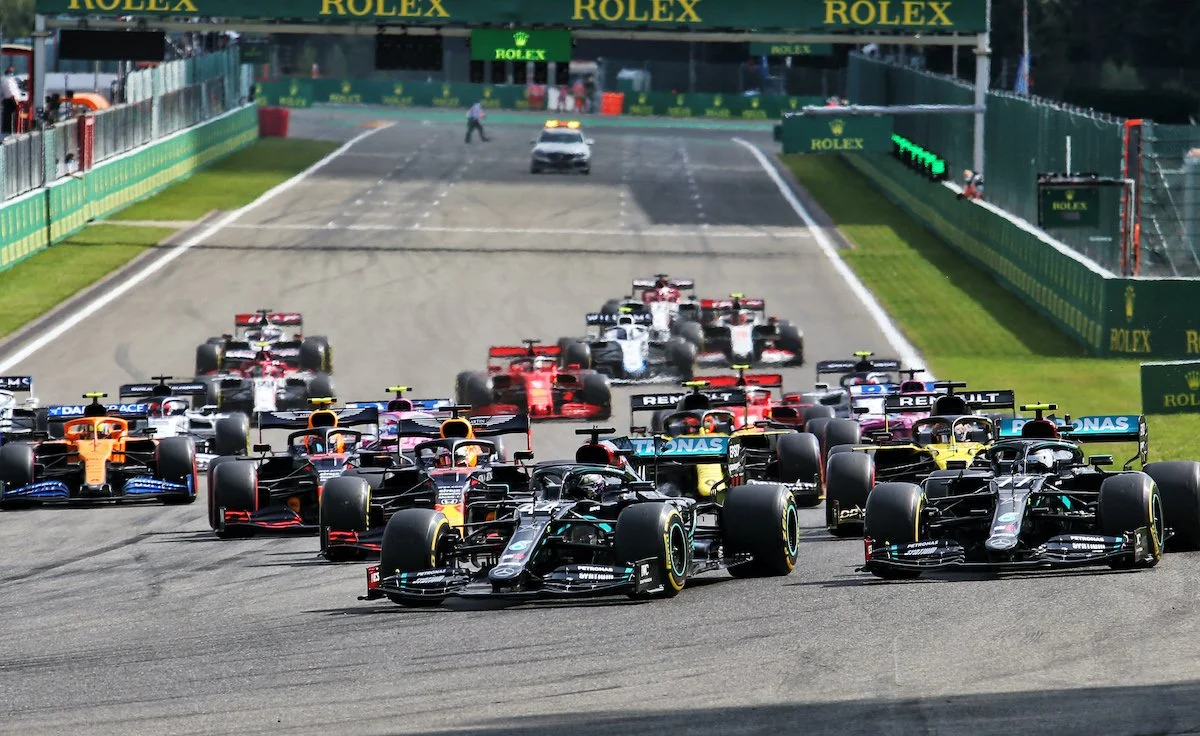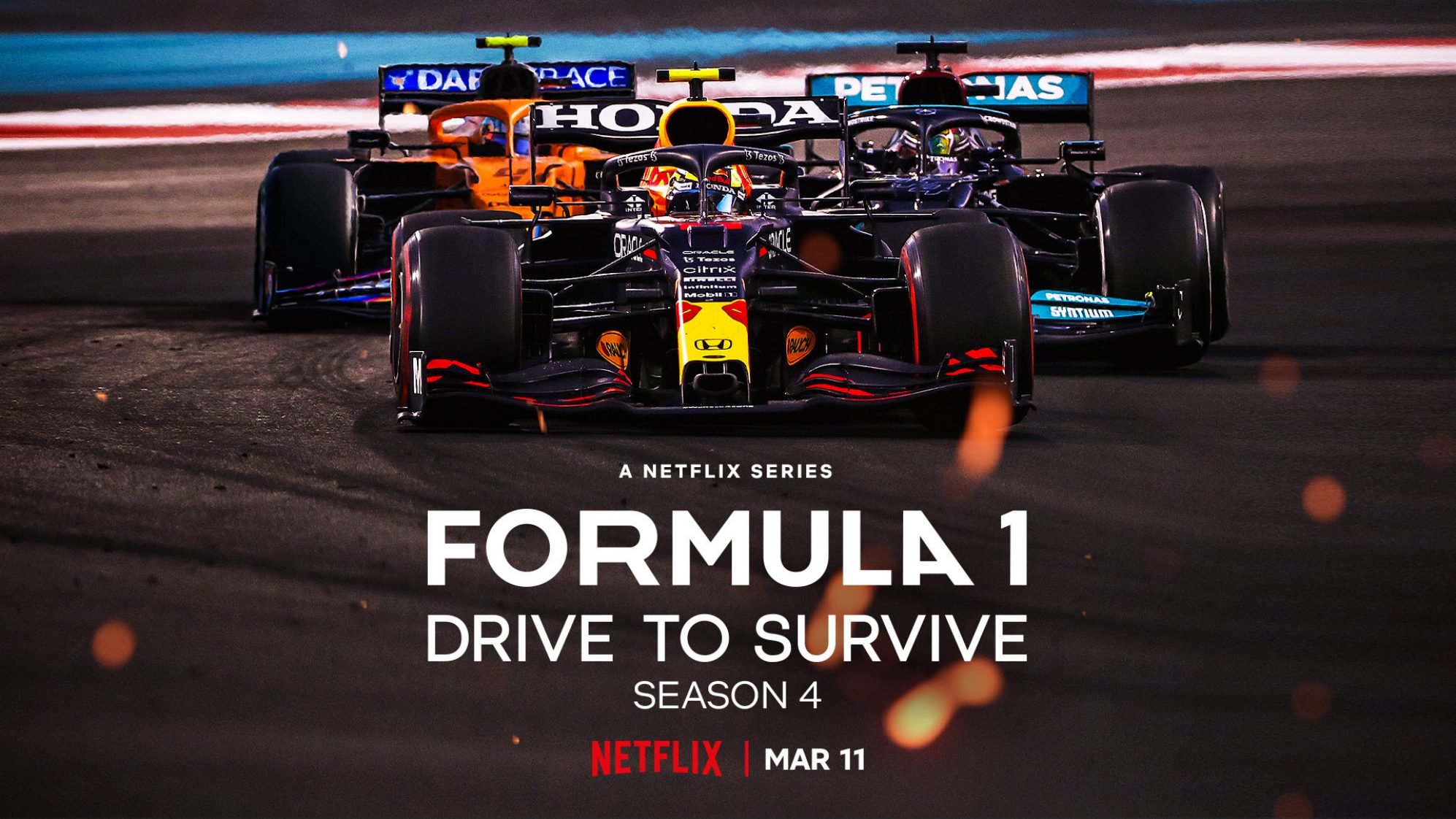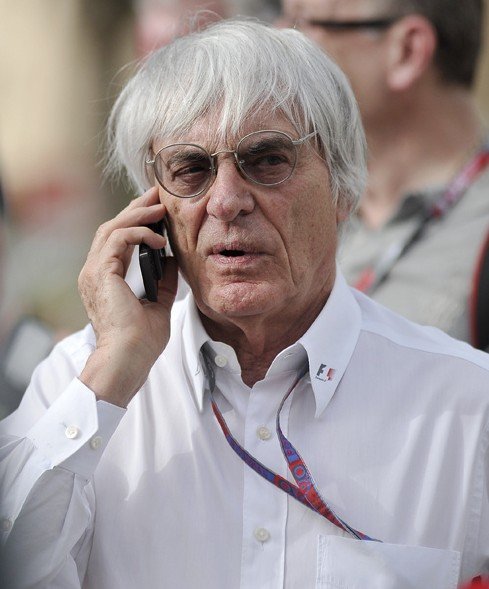Formula One wasn’t saved by a Netflix documentary series; its openness to digital marketing and social media did the hard miles.
Guest blog by Nick Winn:
The fourth season of Drive To Survive, Netflix’s hugely popular Formula One fly-on-the-wall docuseries, will be released in March. There was no shortage of drama during the 2021 season – the controversial crowning of Red Bull’s Max Verstappen as world champion acting as the pinnacle of one of the most astonishing years the sport has ever seen.
The sport is a high-profile example of what can be achieved when an organisation dismisses a quick return on investment to focus on building fan (or consumer) loyalty.
The popular series has become the poster child for F1’s complete evolution since current owners Liberty Media took over in 2016. The sport is a high-profile example of what can be achieved when an organisation dismisses a quick return on investment to focus on building fan (or consumer) loyalty.
Liberty Media x Formula One
Liberty Media is the reason Formula One is now a regular trending topic on Twitter during the season, and a mainstay on the Reddit homepage throughout the year. The media company bought Formula One Group from private equity firm CVC in 2016, ending the reign of one of the sport’s pioneers, former Formula One Group Chief Executive Bernie Ecclestone.
Ecclestone had been the driving force behind the Concorde Agreement, which saw all teams contractually obliged to appear at every race and centralised the commercial rights of the sport. They had previously agreed separate deals with each event promoter, making broadcast coverage inconsistent. This was because If there were not enough teams for a race it would be cancelled, and nothing scares TV execs more than having to fill gaps in coverage (see the rush for archive sport events during the pandemic).
Ecclestone’s model guaranteed coverage for broadcasters and was what turned the sport into a billion-dollar business. No one can deny that this transformed Formula 1 for the better, laying decades of groundwork for where it now stands.
The lack of a harmonised digital strategy was damaging the sport’s chances at long-term growth.
However, by the 2010s Formula One had several problems. Ecclestone’s focus on traditional broadcast and reluctance to loosen media rights to allow the sport to create a following on social media caused the fans tuning in to both age and decrease. The lack of a harmonised digital strategy was damaging the sport’s chances at long-term growth.
Unlocking social media
Contrary to popular belief, Ecclestone did see value in social as a medium but, by his own admission, didn’t know how to unlock it. He couldn’t understand the necessity to reach younger fans, famously quipping that he’d “rather get to the 70-year-old guy who’s got plenty of cash.”
However, Liberty Media saw opportunity, recognising that engaging the next generation of fan might not bring huge profit margins early on, but could future-proof the sport. Chase Carey took over as CEO for Formula One Group in 2017 and made it clear the sport would take a digital-first approach.
It started allowing the teams to share more content from the paddock, providing a behind-the-scenes look and pulling the curtain back for fans. It also created new content specifically for digital, recognising that social media is not one additional platform, but several different channels to reach a broad range of committed and casual fans. It was quick to post race highlights, best of team radio and technical insights on its YouTube channel, bringing knowledgeable presenters such as Will Buxton to the fore through live streams like Paddock Pass.
It also recognised that whilst social media can attract casual fans, especially younger millennials and Gen Z’ers who consume snackable content instead of full broadcasts, it also needed to cater to hardcore supporters of the sport. As a result Liberty Media created the F1TV OTT channel, offering features such as full access to team radios and data insights provided by the partnership it signed with Amazon Web Service in 2018.
F1’s increasing engagement (and controversies)
In short, it flung itself fully into a digital-first strategy which runs so much deeper than Drive to Survive and doesn’t even consider the benchmark it set with its Esports Series which saw a 103% year on year increase from 2020 to 2021. If esports is where the next generation of audience is heading, F1 is winning the race among sports rights-holders, and that includes the likes of FIFA.
It is the result of an organisation putting brand reputation first, delivering high quality content that engages fans and refusing to see them as cash cows to build quick-fire profit off.
In November 2021, Nielsen Sports released the findings of its F1 Global Fan Survey and the results told the full story of what Liberty had achieved. It found that the average age of an F1 fan had dropped from 36 to 32, better than the likes of the NBA and NFL. This result is on the back of a surge in social media engagements, rising by 99% from 2020 to 2021 with the total number of followers also increasing by 36%.
The sport has had its issues, the inclusion of races in countries with questionable human rights records being one as well as its grapples with trying to become Net Zero Carbon by 2030, with the drivers also voicing their concerns. (Coincidentally, and putting on my corporate hat for just a moment, the use of sport to exercise politics and soft power, issues of nature and the environment and the growing role and influence of sport’s top stars such as Lewis Hamilton are three topics that have been covered in Brave New Sport, a new publication we’ve recently released).
Despite the controversies, Formula One has seen a seismic shift in terms of its perception among the general public. The Netflix effect cannot be ignored, but don’t be misled, the sport’s complete 180° from ageing procession to epic storylines is not just rooted in Drive To Survive.
It is the result of an organisation putting brand reputation first, delivering high quality content that engages fans and refusing to see them as cash cows to build quick-fire profit off.
Nick Winn is a sports-focussed communications and PR specialist based in Switzerland, working as Communication Manager for Infront Sports & Media AG.







